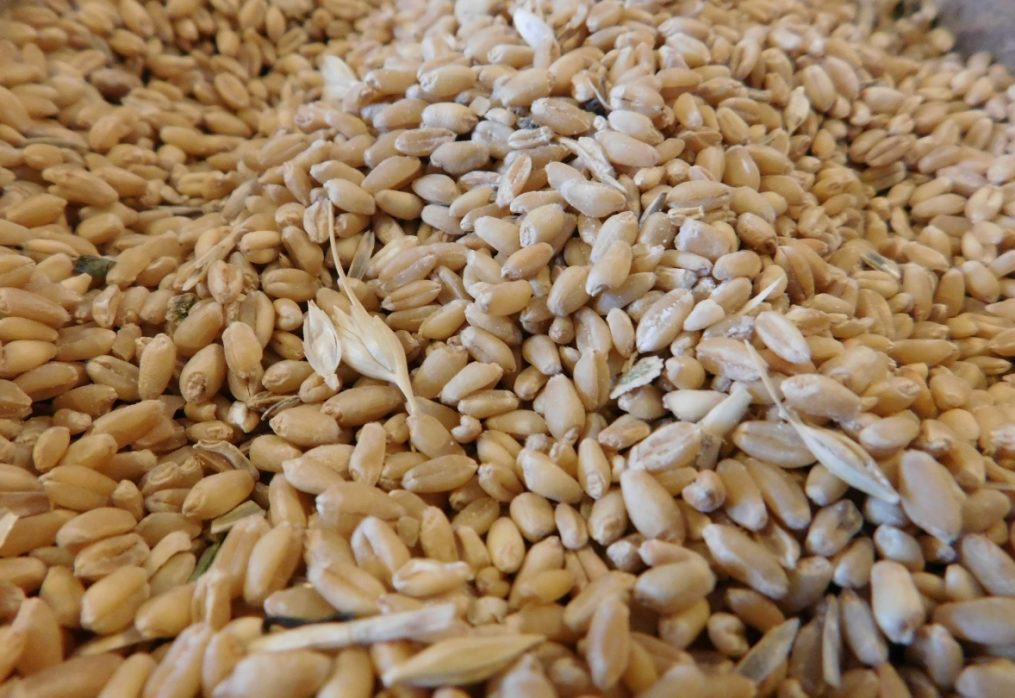French wheat demonstrates a decrease in demand on the world market
French wheat: situation with grain exports to China and other countries
Experts analyzed the situation with the export of wheat from France. According to the data, in January this year, the supply of crops outside the European Union fell to 561 thousand tons. This figure is the lowest for the past 5 years. Wheat of France has reduced its demand in the world market primarily because of the reduction of grain shipments to China. For comparison, in December 2020 the volume was 797 thousand tons, and in November — 877 thousand tons.
Exports to China were at the level of 60 thousand tons, with France remaining in the lead in terms of shipments to the country for several months in a row.
Despite the reduction in wheat imports, China increased its purchases of barley from the European country. This figure was 370 thousand tons, which is almost 2 times more than in previous months.
The first place in imports of French wheat was Algeria, it bought 219 thousand tons. In this case, the supply first sagged, and then gradually increased. In second place for the volume of purchases is Morocco, where France exported 94 thousand tons.

According to forecasts for the current period, the country will sell outside the European Union about 7.27 million tons, which is significantly less than it was in the previous season. Experts say the reason for the decline in supplies is low yields.
Things are much better with the sale of French barley to China. The latter has already signed contracts for the new crop. Together with the European country, Canada also imports barley to China. The volume of imported barley is not yet known. Some experts say that 1 million tons have already been purchased from France, while others put the figure at 2 million tons. The Canadian crop is planned to be exported in the amount of 1 million tons. Supplies are scheduled to start in July-September this year.
Increased demand for crops from China is due to a sharp increase in the number of pigs, the number of which declined because of the African plague epidemic. At the same time, the country faced limited stocks on the domestic market, and was forced to buy products from other countries. For a long time, Australia was the main supplier of grain, but due to trade and political disagreements, imports from here increased significantly in price. China had to urgently increase supplies of crops from the United States, France, Ukraine, Russia and Canada. Such processes did not remain unnoticed by the world market, quotations went up, which led to a rush among traders and increased demand for products.
